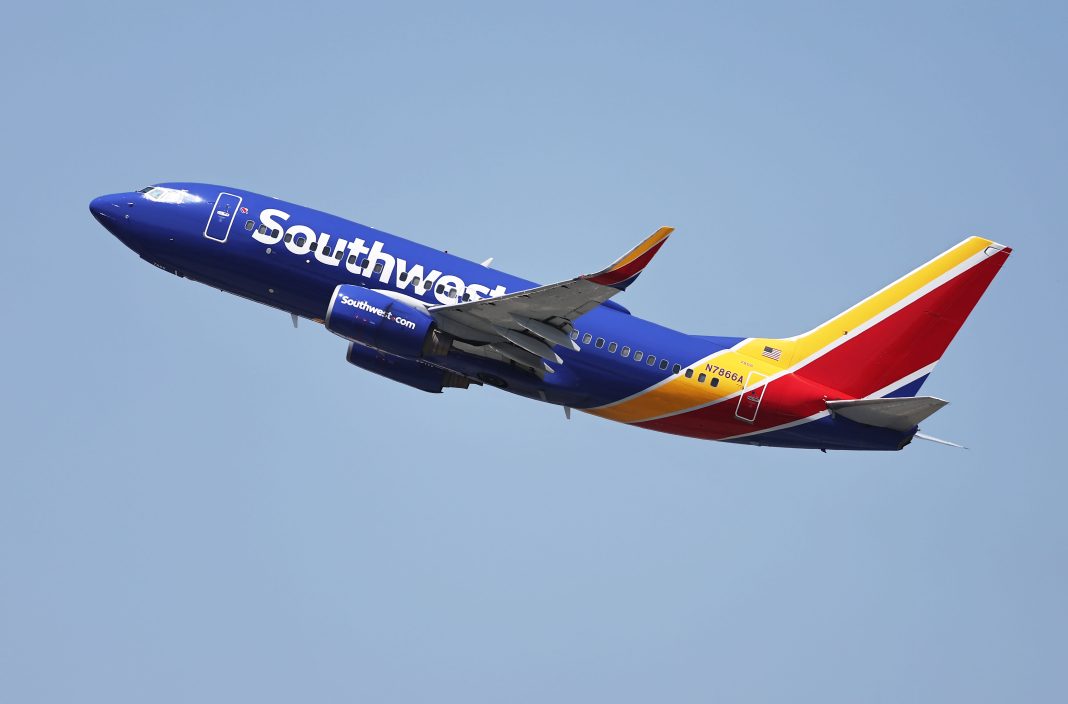As Southwest Airlines navigates a tumultuous period marked by increasing pressure from activist investors, the airline is bracing itself for a series of challenging decisions aimed at revitalizing its profit margins. The carrier, a staple in the American aviation landscape for over five decades, has recently unveiled a comprehensive strategy overhaul in response to demands for greater financial performance.
In a video message to employees, Chief Operating Officer Andrew Watterson laid bare the reality of the situation: “We have a couple of difficult decisions heading our way. It’s not station closures. But we need to keep moving the network to help us drive back to profitability.” This candid admission underscores the difficult balancing act Southwest must perform as it attempts to remain competitive in an industry marked by rapid change and evolving consumer demands.
The impetus for these changes stems, in part, from pressure exerted by Elliott Investment Management—a prominent activist investor advocating for leadership changes at the airline. Their scrutiny has prompted Southwest to re-evaluate its long-standing business model, leading to the introduction of new policies that include transitioning from an open seating arrangement to assigned seating. This shift is not merely cosmetic; it also includes the addition of premium seating options that promise more legroom, allowing the airline to command higher fares. Such changes illustrate Southwest’s commitment to enhancing revenue streams while catering to a demographic increasingly seeking comfort and convenience during air travel.
Moreover, the airline is expanding its digital footprint by making its flights available on popular travel platforms like Google Flights and Kayak, a move aimed at attracting younger travelers who are often more tech-savvy and selective in their travel choices. Watterson highlighted this strategic pivot, stating, “Now, all that’s not enough. We also have to change our network,” hinting at broader adjustments that may be necessary to align with market realities.
In terms of operational shifts, while Southwest is not planning to implement furloughs, it has indicated that some locations may see a reduction in services, with employees possibly transferring to other markets. This strategic realignment reflects a growing trend among airlines, including competitors like JetBlue, which have already begun cutting routes to optimize their operational efficiency and focus on more lucrative flights.
As Southwest prepares for an investor day scheduled for Thursday in Dallas, more detailed insights into its initiatives and route adjustments are anticipated. The urgency of these developments is heightened by the imminent departure of executive chairman and former CEO Gary Kelly, who has indicated his intention to step down following the upcoming shareholder meeting. This transition may provide an opportune moment for Southwest to implement the substantial changes that Elliott has been advocating for.
Recent studies have shown that airlines focusing on premium services and increased digital engagement typically see an uptick in customer loyalty and revenue generation. A survey from the International Air Transport Association (IATA) revealed that 63% of travelers are willing to pay more for enhanced services that improve their travel experience. This statistic highlights why Southwest’s shift towards better seating options and a more accessible digital presence is not just timely but necessary.
In summary, Southwest Airlines is at a crossroads where the decisions made today will shape its future trajectory. As they navigate these challenging waters, the focus must remain on profitability while balancing employee well-being and customer satisfaction. The coming months will be critical, as the airline seeks to regain its footing and restore investor confidence in its long-term viability. With a proactive approach and a willingness to adapt, Southwest may very well transform its challenges into opportunities for growth and innovation in the competitive airline industry.

